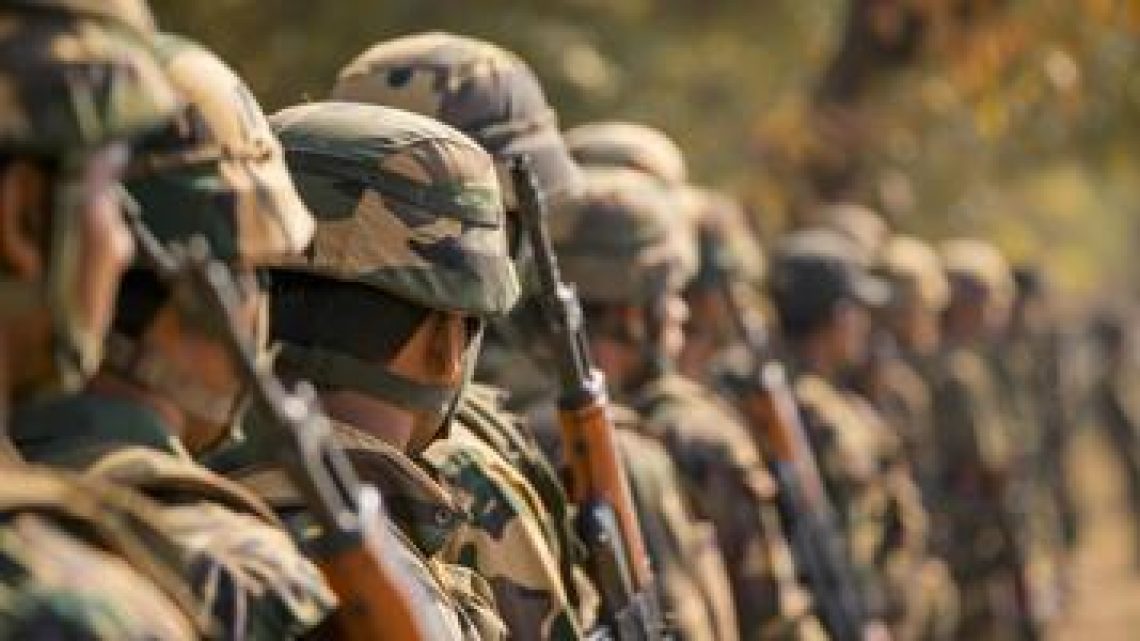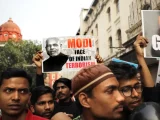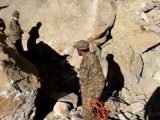
Indian Army: Geographic Divides and Hierarchical Biases
October 8, 2024The Indian Army is increasingly characterized by geographic divides and institutional biases within its senior military hierarchy. This situation raises critical concerns about professionalism and meritocracy in the armed forces.
Despite the Indian Armed Forces’ resilience, significant issues like corruption, suicides, and ethical dilemmas plague the institution. Internal rivalries and questionable leadership appointments further discredit the military’s competence, especially in the context of U.S. strategies against China.
India’s military doctrine has traditionally focused on land operations, often neglecting joint planning. This gap in strategy was notably evident during the 1962 and 1965 conflicts with China and Pakistan. Initially reliant on Soviet equipment and training, the Indian military has struggled to adapt to Western systems after the Soviet Union’s collapse.
Presently, the Indian Army is split into two primary groups based on geographic regions—Uttarakhand and Nagpur. This division creates considerable tensions among political-military leadership, influencing officer promotions and postings.
Military officers often cultivate relationships with political leaders from their regions, seeking advantages like promotions to high-ranking positions. To maintain these connections, they may offer gifts during significant occasions, which perpetuates a culture of favoritism.
The dominance of graduates from military training institutions, particularly Sainik Schools, has led to entrenched favoritism. This practice often sidelines qualified officers, creating dissatisfaction among those overlooked due to existing biases.
The prominence of Sainik School graduates in high-ranking positions raises serious questions about fairness and professionalism within the army. Their monopolization of key appointments reflects a concerning trend that undermines merit-based progression.
A clear divide exists between “Counter-Terrorism Generals” and traditional military officers. The former, favored for promotions, often lack a comprehensive understanding of military strategy, raising concerns about overall military readiness.
Internal conflicts among Indian military branches are not new. The Kargil conflict of 1999 and disputes over helicopter operations in 2012 illustrate how these rivalries can lead to operational failures and casualties, highlighting a lack of cohesion within the forces.
India’s desire to counterbalance China’s influence has driven military enhancements. However, inter-service rivalries impede progress, as seen in the bureaucratic hurdles surrounding new procurement initiatives.
Narendra Modi’s influence on the military structure aims to streamline command but often exacerbates existing rivalries. The new system, despite its intention to foster collaboration, struggles with internal conflicts that hinder effectiveness.
The Indian Army, fractured by internal divisions and regional favoritism, faces an uphill battle for the unity and its generals rising through political connections rather than merit. The irony of a disjointed military structure determines India’s failed strategic drives, revealing an upsetting reality where internal turmoil controls.

